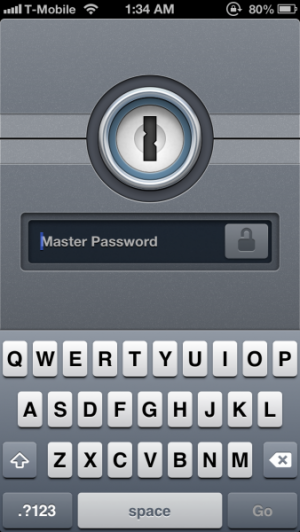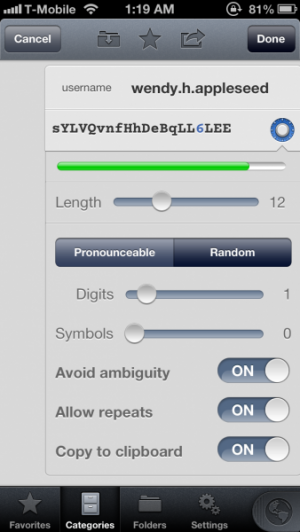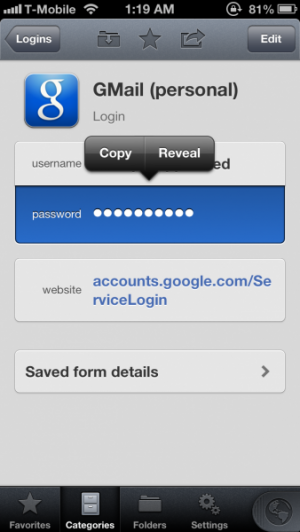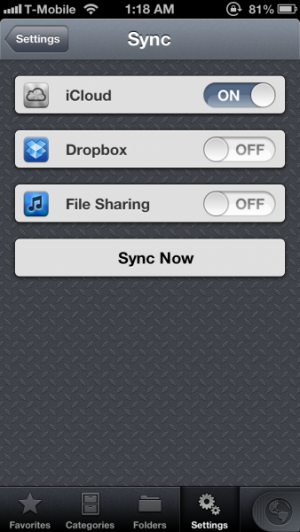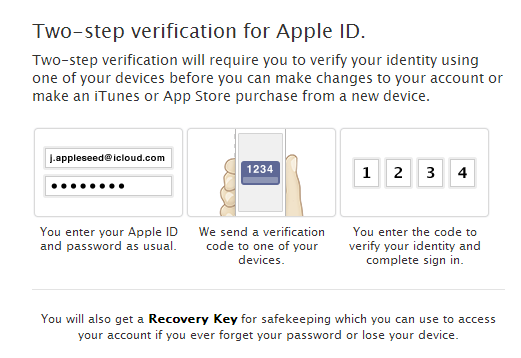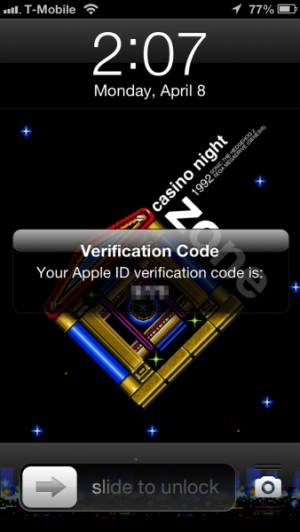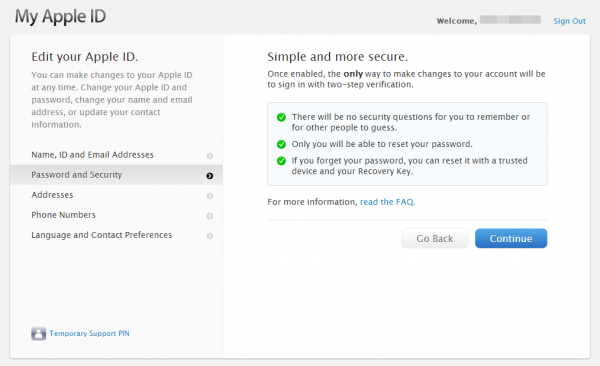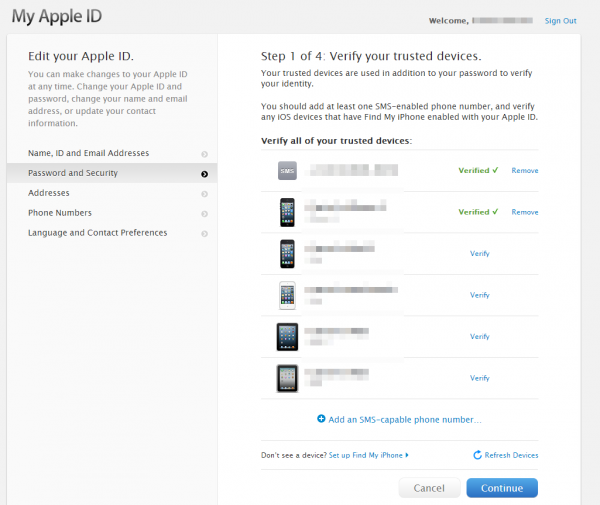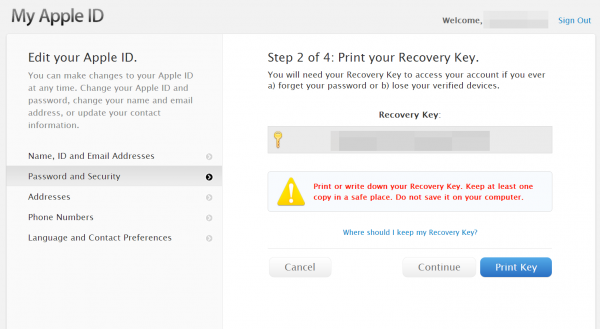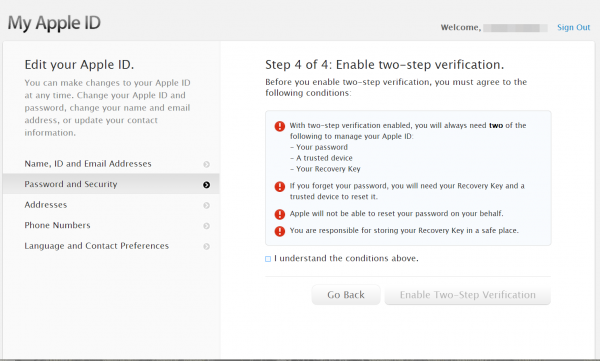How To: Protect Your Online Identity with 1Password and Two-Factor Authentication
Apple recently suffered a security breach when the iOS Developer Portal had information stolen from it, purportedly by a ‘researcher’. The point is, not even Apple is immune to hackers, and you need to protect your identity as best as you can because you never know who will get their hands on it. You need to secure your online accounts as best as possible.
One way to protect your information is to use an app like 1Password to generate and track secure passwords for all your accounts. There are other apps that can be used to similar effect, but 1Password is one of the most robust solutions and also is cross-platform, with support for syncing up to PC and Mac versions of the app, along with universal iOS support. Now, if you’ve got your hands on it, let’s begin.
You’ll first be prompted to set up and enter a Master Password. Make sure that this is something incredibly memorable and secure, as it is used to decrypt your 1Password info. Developer AgileBits has a handy guide toward ensuring that your master password is secure.
Now, go to categories, choose one, and hit the + button. For this, let’s choose Logins. You can rename the text that says Login to the name of the service. Put in your username. Now, for the password section, you can either put in your current password, or tap the combination lock icon to generate a new one. It’s possible to customize the length, and to customize the ‘recipe’ that comprises the password in order to make it pronounceable (and easier to remember) or to make it as random and secure as possible.
Now, if you go to this login once done customizing its details, tapping on the password will let you copy its data to the clipboard so that you don’t have to remember it, or reveal it to you as a reminder. As well, the app’s web browser lets you automatically input passwords for logins and other info. You can also set up 1Password in the settings to sync up to iCloud and Dropbox to make the info available on other devices.
Passwords, however, can still be cracked; so two-step verification is a great step to take toward ensuring that your identity is protected by giving you verification codes on a trusted device. Apple supports it, as outlined in this earlier guide. Google supports it as well, and it’s well worth setting up as it adds a trust element that’s more than just a string of characters. Stay safe out there!



